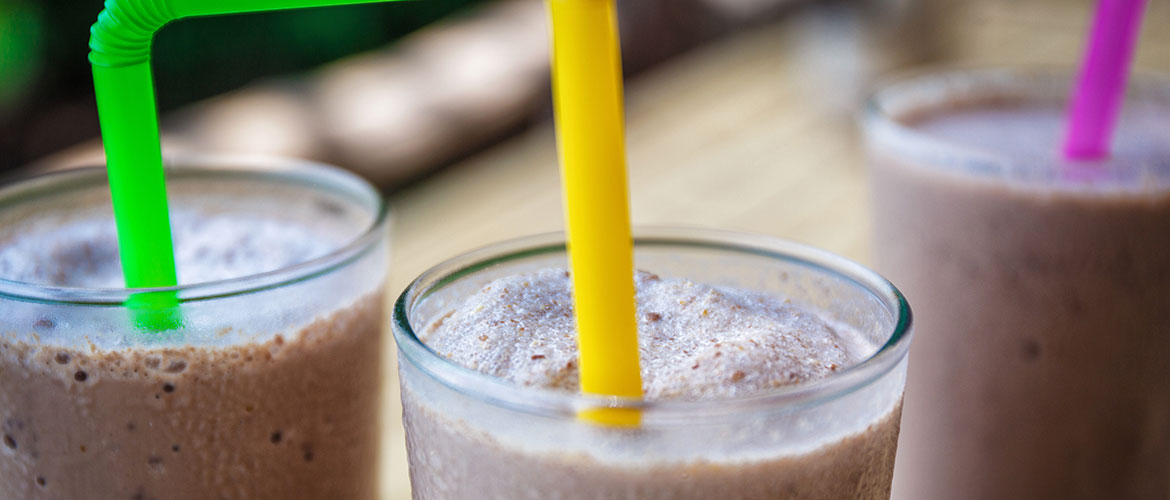Being an athlete and performing at the highest level requires quality training and fuel. From peewees to the pros, all athletes are looking for the edge to compete at the highest level. Peak performance requires high octane fuel! And this fuel isn’t found in a pill, gel or a bar, but rather on a plate and in a glass.
How to Stay Hydrated and Refuel This Summer
- Research has demonstrated that whey and casein protein promotes recovery from exercise.
- Recovery allows the muscle to “reload” and prepare for the next bout of exercise and “repair” the damage done to the muscle after resistance training.
- Chocolate milk has been shown to be an easy and effective source of nutritional recovery, and it has real advantages.
- Milk is accessible — no trips to the supplement or health food store. Grocery stores, convenience stores and school cafeterias all carry this performance-based food.
- Chocolate milk as a recovery food can help athletes meet key nutrient needs.
- Milk as a nutrient-rich, inexpensive recovery drink allows athletes to improve overall nutrition status and improve recovery from training.
- Although most consumers would know milk is an excellent source of calcium, few athletes can identify milk as an excellent source of potassium, which is a mineral found in lean tissue.
- An eight-ounce glass of milk has more potassium (380 mg) than the average serving of coconut water (250)? Sometimes the best nutrition choice has been there all along!
Athletes may perceive that milk is not as thirst-quenching. An easy way to overcome this is to take cold milk, add four to five ice cubes and a banana, which adds a touch of sweetness, and blend in a food processor or blender. Parents can freeze tetra packs of chocolate milk, and as it thaws, it becomes a chocolate slush. Both options are delicious, cold and refreshing. Consider taking semi-frozen fruits and two cartons of Greek yogurt and make a breakfast smoothie.
Milk is 90% water and contributes in a meaningful way to overall fluid intake. The Institute of Medicine has documented that 80% of fluid comes from water with the other 20% coming from foods. Fruits, vegetables, soups and dairy products are fluid-based foods that can help meet a summer athlete’s fluid needs. Fruit, dairy and 28 grams of protein are found in this fluid-rich beverage. Drink up athletes!



